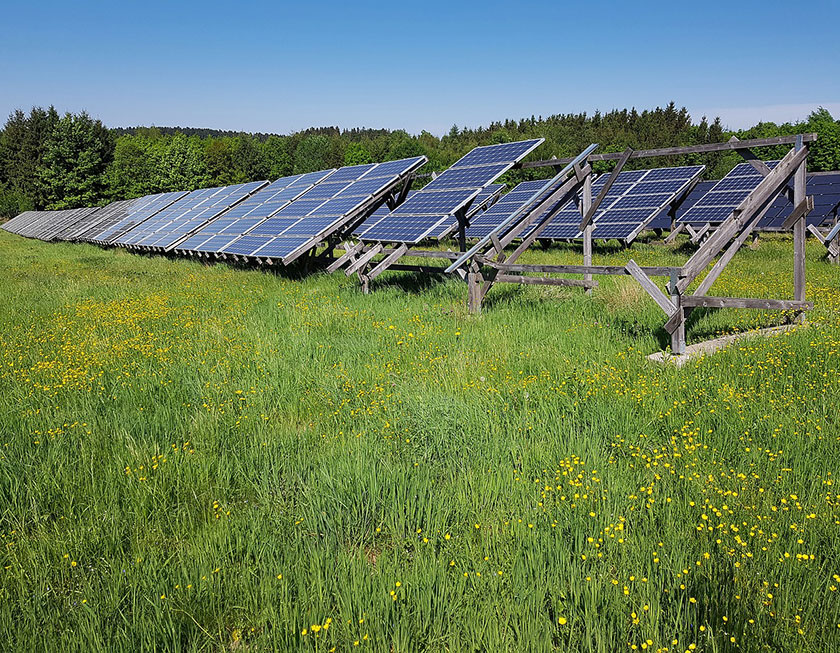2.3 Potential of solar energy

In the previous article, we formulated a simple model to calculate the amount of solar power received by the Earth. Then we realized, our planet receives approximately 127, 000 TW of solar power whilst world power demand was around 17.5 TW. However, as we know it, 71% of the Earth’s surface is covered by oceans and therefore, technically/ economically not suitable for solar energy harvesting [1]. It is clear that forests, reserves, lakes, etc. would not also be available for solar energy harvesting. Further, certain regions in the world (Iceland, Alaska, Greenland, New Zealand, etc.) do not receive an economically viable amount of solar power.
In addition to aforementioned practical constraints, no technology is 100% efficient at harvesting solar energy!
So…
Is solar energy still capable of providing 100% of world’s energy requirement?
If not, to what extent would it be able to serve?
Well
First, see the gap between the demand and the total amount of solar power hitting the Earth’s surface.
Demand~ 17.5 TW
Amount of solar power hitting the Earth’s surface ~ 127000 TW
Evidently, demand is trivial!
Seizing a small percentage (0.014%) of solar energy reaching the Earth’s surface is sufficient enough. It has also been estimated that we would still have a staggering amount of solar energy being left, approximately 580 TW [2], even if we neglected the low-sunlight and technically/ economically unfeasible areas in the world.
So…
Potential of solar energy is astoundingly unbeatable and no other source of renewable energy offers a greater or at least a comparable amount of energy, to be harnessed.
Note that, 580 TW of power
- Is about 33 times the current global power demand: (580 TW / 5 TW= 33)
- Would be 9 times the global power demand by 2100 (63 TW) [3]: (580 TW / 63 TW= 9)
Just think!
Solar energy is undoubtedly capable of pumping more than enough energy to the human’s energy bucket. The exploitable amount of solar energy would keep increasing as solar energy harvesting technologies are being continually developed leading the way to sustainability. A wide range of solar energy technologies has already been developed. They offer different benefits and have different technical and economic constraints depending on the technology. Essentially, solar energy conversion efficiency also largely depends on the energy conversion technology. Among various solar energy technologies, solar hot water systems, concentrated solar power systems, and crystalline solar cells have widely been employed, all over the world.
From the beginning of this century, the cost of solar energy technologies has been dramatically falling from the sky to ground while conversion efficiency keeps improving- Paving the way for a sustainable energy market.
Today, we all see an unprecedented tendency towards the sustainability.
Never before seen…
Buildings are being roofed by solar panels.
Large brown fields or deserts are being covered by solar collectors and solar panels.
Hotels and houses are getting installed hot water systems.
Energetically…
Dramatically…
Making the 21st century a golden era in the human history…
A carbon-neutral and sustainable era…
Winning the horrendous aftermaths imposed by the climate change!
It is now just a matter of time thanks to the falling price of solar panels and solar collectors.
